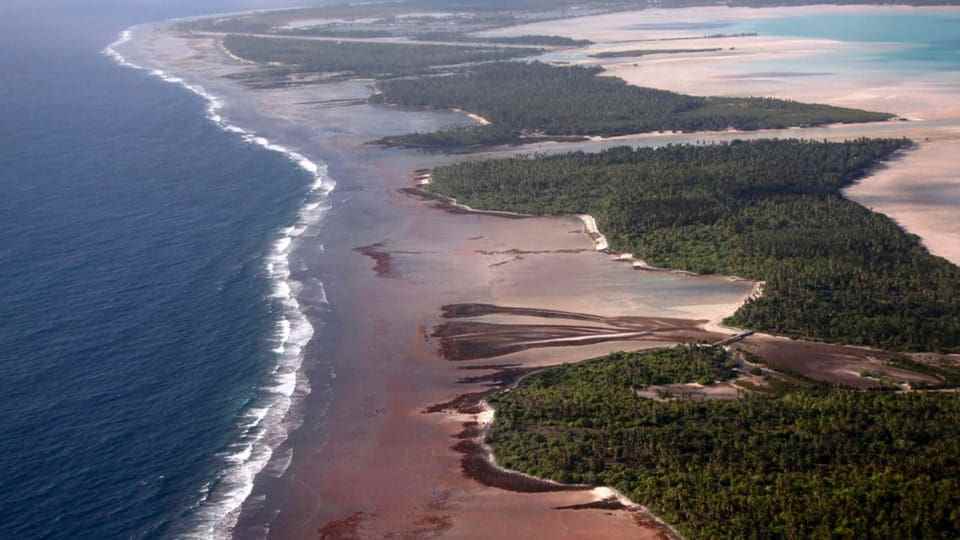Sea levels will rise by around 27 centimeters even if the earth does not warm up any further in the future. This is the conclusion reached by researchers in a new study. This includes the melting of the Greenland ice sheet, but not global warming. Reto Knutti is a climate researcher at ETH Zurich. He classifies the findings of the study.
SRF News: How threatening is a sea level rise of 27 centimeters?
Reto Knutti: 27 centimeters is actually not that much. That’s a good boot height. We could still deal with that. The question is whether that is all.
A realistic estimate by the end of the century assumes that sea levels will rise by half a meter to one meter, depending on whether climate protection is being pursued or not.
According to this study, the melting of the Greenland ice sheet is inevitable:
How high will the sea level rise if you take into account not only the melting of the Greenland ice sheet, but also the effect of global warming as a whole?
A realistic estimate by the end of the century assumes that sea levels will rise by half a meter to one meter, depending on whether climate protection is being pursued or not. These numbers are far more ominous.

Legend:
Kiribati: The island paradise could fall victim to rising sea levels.
REUTERS/David Gray
Besides the melting of the Greenland ice sheet, what other factors are central to sea level rise?
Sea levels are rising for three reasons: first, the water expands as it warms, and second, the smaller glaciers, such as those in the Alps or the Himalayas, are melting. And thirdly, there are the large ice masses of Greenland and Antarctica, these ice sheets that have stored a lot of water and are melting very slowly. There is a lot of ice there.
You can selectively protect the infrastructure on the coasts with dams and barriers.
What does this mean for coastal areas such as Holland or Bangladesh?
Several 100 million people live very close to the sea. There are many big cities near the coast, be it New Orleans or New York in the USA, there are also very big cities on the coast in Asia. There is a lot of infrastructure very close to the sea and it can hardly be protected in the long term. Or: you can protect them selectively with dams and barriers. But in other places it will be very difficult. The effects will be very dramatic.
In the long term, there is only an attempt to curb climate change as quickly as possible and to meet the Paris climate goals.
And what other solutions are there apart from protecting the infrastructure?
In the long term, apart from selective protection of the coasts, there is only an attempt to curb climate change as quickly as possible and to meet the Paris climate goals, which we have also ratified. The difference in the consequences of climbing between half a meter and one meter is large. In the long term, there are differences of several meters. It’s worth solving the climate problem in the long run, rather than waiting until all these parts of the world are under water.
